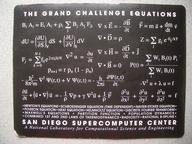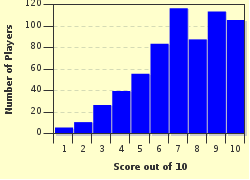Quiz Answer Key and Fun Facts
1. The word "thermodynamics" can be broken into 2 parts, namely "thermo" which means heat and "dynamics" which suggests in constant equilibrium or not static. Apart from the heat change that chemists are interested in, what other element or factor that they also study?
2. A system is separated from its surroundings or universe by a boundary. In thermodynamics, there are 3 types of systems. An isolated system does not allow any heat and matter transfer between the system and its surroundings. On the other hand, for an open system, it allows both heat and matter transfer. What is the name given to the system that allows heat transfer but prevents matter transfer?
3. Pressure, volume, internal energy, entropy and Gibb's free energy are all state functions because their values are dependent only on the initial and final state of the system, regardless of the route taken. On the contrary, non state functions are so-called because their values depend on the route taken. What are the two examples of non-state functions?
4. There are two types of thermodynamics variables, namely intensive and extensive. Intensive variables are those that are independent of the amount of substance present in a system. For example, pressure and temperature. Meanwhile, extensive variables are those that are dependent on the amount of substance in the system. For instance, volume and mass. Is density an intensive variable or an extensive variable?
5. In thermodynamics, an isobaric process refers to a process that is carried out under constant pressure. Moreover, the terms isochoric and isothermal refer to constant volume and constant temperature respectively. What is the terminology used to describe a process that is carried out without any transfer of heat?
6. When heat is absorbed by a system from its surroundings, the value of heat, q, is a positive value.
7. The total energy of a system, E consists of 3 types of energy. Which of the following is NOT one of them?
8. Consider 3 systems, X, Y and Z. Given that X and Z are in thermal equilibrium. Y and Z also in thermal equilibrium. Then, X and Y will also be in thermal equilibrium. This is known as the zeroth law of thermodynamics.
9. The First Law of Thermodynamics can be expressed mathematically by the equation delta U = q + w, where delta means change, U is internal energy, q is heat and w is work. What is the alternative name for this law?
10. Thermodynamics is a wide branch of discipline. Which branch of thermodynamics studies the changes of enthalpy of a reaction?
Source: Author
Matthew_07
This quiz was reviewed by FunTrivia editor
crisw before going online.
Any errors found in FunTrivia content are routinely corrected through our feedback system.


